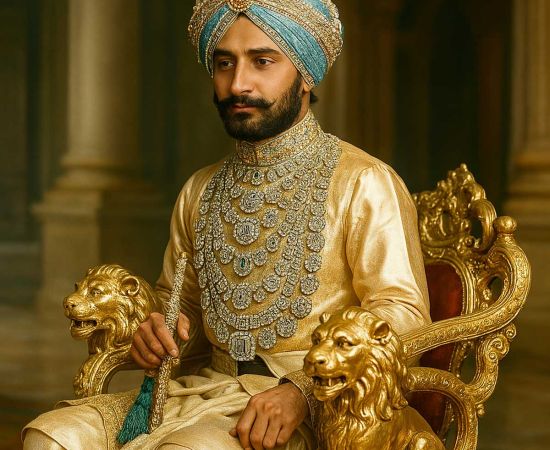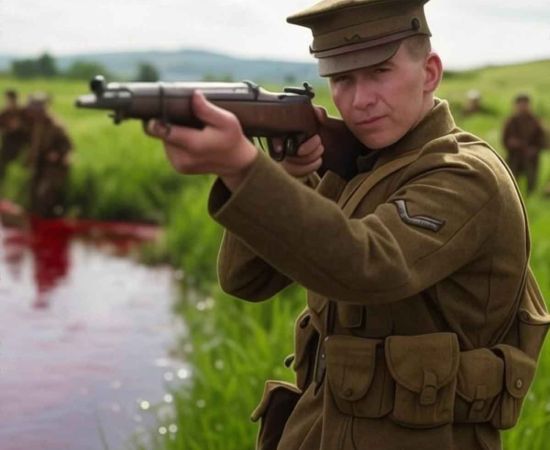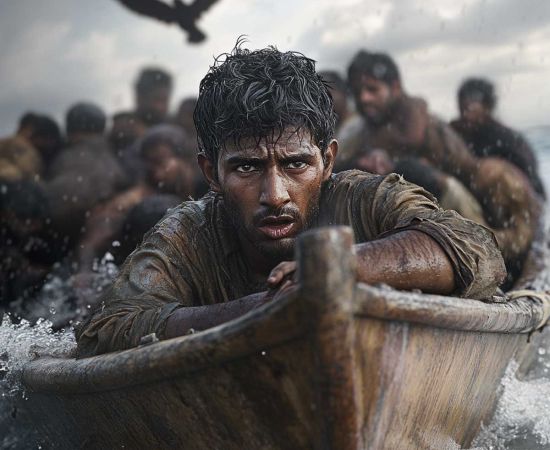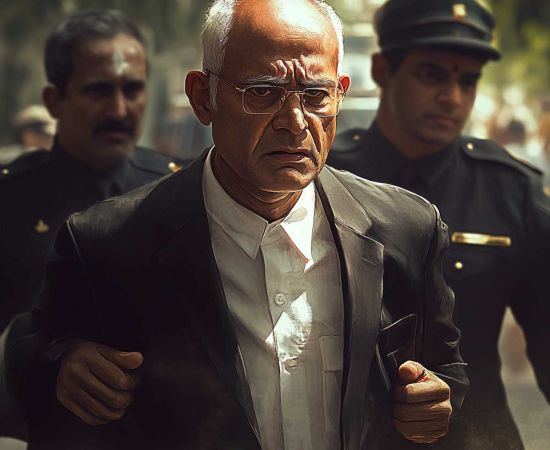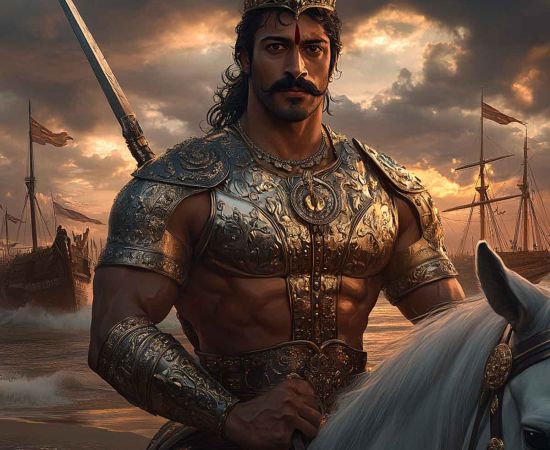Tonkham Borpatra Gohain: Ahom general who badly defeated Afghan forces killing Islamic commander Turbak Khan in 1533 CE, battle took place at Duimunisila along banks of mighty Bharali River
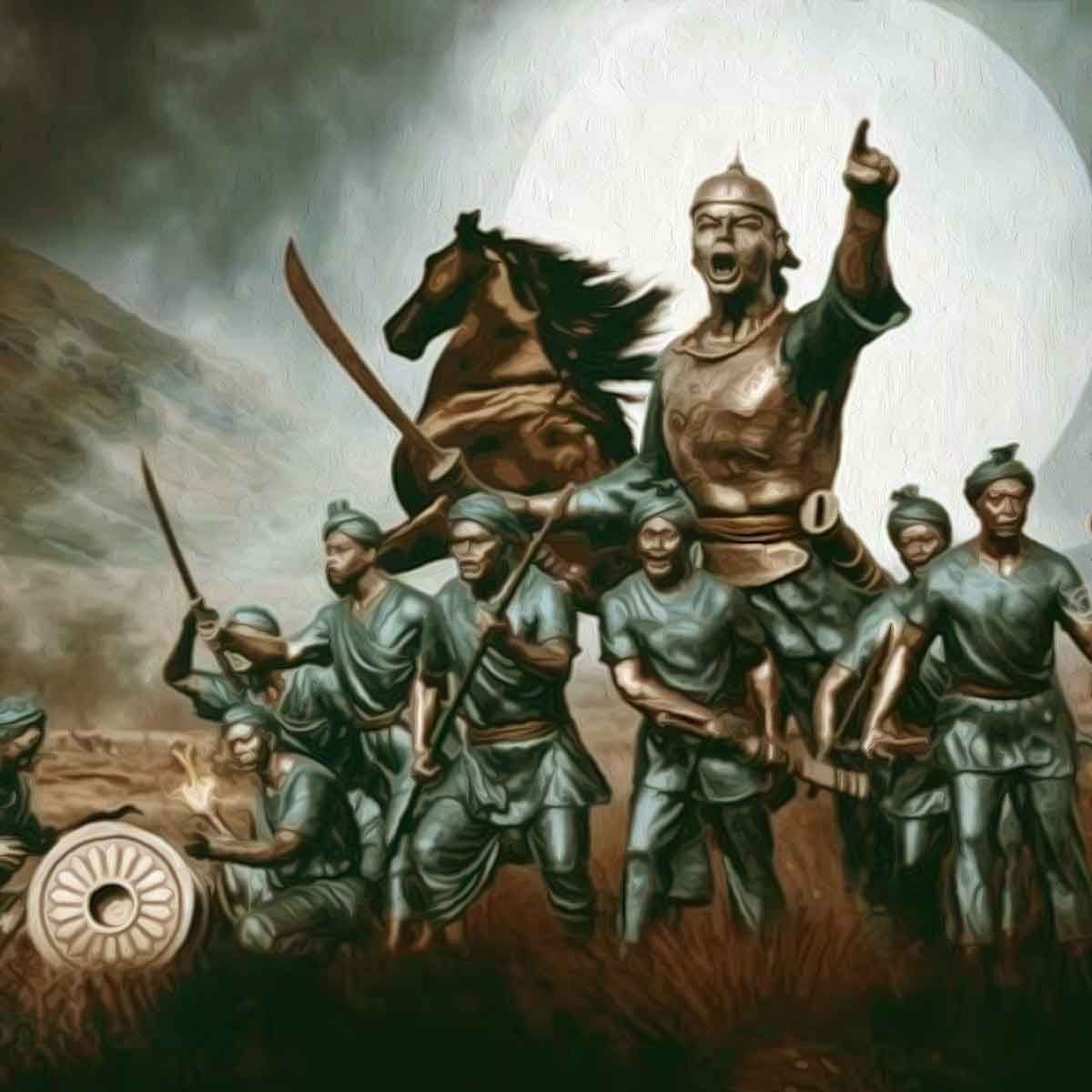
It was the year 1533 CE. Turbak Khan, the experienced Afghan general of Nasiruddin Nasrat Shah, the Sultan of Bengal, attacked Assam with a huge army.
Nasiruddin Nasrat Shah was the son of Ala- ud-din Husain Shah, founder of the Hussain Shahi dynasty in Bengal. He usurped the throne of Bengal after assassinating Shams-ud-Din Muzaffar Shah, an Abyssinian Sultan. After his death in 1519, he was succeeded by his son Nasrat Shah. The Sultan’s army commandeered by Turbak Khan was armed with guns and cannons among other weapons used in battle during that time.
According to the book War Drums of Eagle King written by P.W. Ingty, “Turbak was given command over a large army comprising of both land and naval forces, and with this impressive and powerful army, he invaded the territories under Ahom influence. The forces led by Turbak Khan were well equipped with sufficient rations and armaments; their soldiers were well trained and seemed unbeatable as they moved steadily on the north bank of the Brahmaputra towards the core of the Ahom-held territories.”
Ahom king Suhungmung was then the ruler of Assam. The 14th Ahom ruler, he ascended the throne of the Ahom kingdom under the title of Swarganarayan and Dihingia Raja in 1497. Under his rule, the Ahom kingdom expanded beyond the previous borders.
Suhungmung’s army was commandeered by his general, Tonkham Borpatra Gohain (Barpatra Gohain is a title given by the king to the 3rd in rank in the Ahom court of ministers). The battle took place at Duimunisila along the banks of the mighty Bharali River. In the words of Leslie Shakespear in his book History of Upper Assam, Upper Burmah, and North-Eastern Frontier, the Ahom Raja “sent large reinforcements by land and river. Turbak’s forces were defeated, he himself killed, and his head, as was customary, was sent for burial on Charaideo hill. The beaten and disorganized forces were pursued by the victorious Ahoms through Koch territory to the Karatoya River.”
The battle of Duimunisila in 1533 is the last of a series of battles fought between Turbak Khan and the Ahom forces that started in 1532.
The first battle was fought between Turbak and Ahoms at Singri. This battle was commandeered by Suklen, the son of Suhungmung. Suklen was defeated and wounded in this battle. The Ahom forces retreated over to the south bank of the Brahmaputra. The Mohammedan forces followed. Several more battles followed at different places with neither party at the winning end. The Ahoms made a change in their war tactics this time. They positioned themselves in such a way so as to cut off all supply and communication lines of the army of Turbak Khan with their homeland and headquarters at Gauda, Bengal.
In the words of P.W. Ingty, “The indomitable Turbak Khan, however, decided to press on with his expedition in spite of this setback and also to depend upon locally available resources. Turbak Khan’s forces soon reached the Dikrai River, where they found that the Ahoms had positioned themselves on the other bank of the river under Ahom general Tonkham, an experienced fighter….Suhungmung had entrusted Ahom general Tonkham with the task of driving back the Muslim invaders. At this point in time, Turbak Khan’s army was already running low on rations and there were no fresh supplies or reinforcements coming from Gauda. As a consequence of which the troops under Turbak Khan were in no position to take on the strongly entrenched Ahoms”.
The Mohammedan forces waited and watched. The Ahom forces laid on them a series of guerilla attacks, which not only reduced the numbers of the enemy forces but also dampened their morale and spirits. In a few days’ time, Turbak’s army weakened further. And the final battle took place at Duimunisila. The defeat of Turbak’s naval forces weakened Turbak’s battle strength and he was ultimately killed by the Ahom general. Historical references find mention of the first use of firearms by the Ahoms in these battles.
Leslie Shakespear further writes, “At the fight, the recorded Mahomedan losses were over 2500 men, twenty-two ships and many big guns; so that with the losses in the pursuit the Moghul casualty list must have been a long one; while the booty that fell to the pursuers is stated to have been twenty-eight elephants, a great number of guns and matchlocks, with a quantity of gold and silver ornaments and utensils. It is now that we find the Ahoms taking to firearms and utilizing the numbers captured from the Moghuls in preference to bows and spears.”
After Turbak was killed, the Ahom forces of Suhungmung pursued the Mohammedan army to the Karatoya River in present-day North Bengal. Later, the captured prisoners of war were allowed to settle in Assam.
 Ahom dynasty (1228–1826) ruled the Ahom Kingdom in present-day Assam, India for nearly 598 years |
References:
Saffron Swords: Centuries of Indic Resistance to Invaders - Manoshi Sinha Rawal, Yogaditya Singh Rawal
 Support Us
Support Us
Satyagraha was born from the heart of our land, with an undying aim to unveil the true essence of Bharat. It seeks to illuminate the hidden tales of our valiant freedom fighters and the rich chronicles that haven't yet sung their complete melody in the mainstream.
While platforms like NDTV and 'The Wire' effortlessly garner funds under the banner of safeguarding democracy, we at Satyagraha walk a different path. Our strength and resonance come from you. In this journey to weave a stronger Bharat, every little contribution amplifies our voice. Let's come together, contribute as you can, and champion the true spirit of our nation.
 |  |  |
| ICICI Bank of Satyaagrah | Razorpay Bank of Satyaagrah | PayPal Bank of Satyaagrah - For International Payments |
If all above doesn't work, then try the LINK below:
Please share the article on other platforms
DISCLAIMER: The author is solely responsible for the views expressed in this article. The author carries the responsibility for citing and/or licensing of images utilized within the text. The website also frequently uses non-commercial images for representational purposes only in line with the article. We are not responsible for the authenticity of such images. If some images have a copyright issue, we request the person/entity to contact us at This email address is being protected from spambots. You need JavaScript enabled to view it. and we will take the necessary actions to resolve the issue.
Related Articles
- Taimur was attacked and defeated by 20 year old Rampyari Gurjar and her army of 40,000 women
- Meet The Dark Knight Of Kargil, Manoj Kumar Pandey, Who Made Rambo Seem Like A Joke
- Santi Ghosh and Suniti Choudhury: Two Teenage Freedom Fighters Assassinated British Magistrate
- The Eki Movement of hero Motilal Tejawat whose last wish is still waiting to be fulfilled - 100 years of Palchitaria massacre in Gujarat and its cover-up by the British govt
- Pratapgad Fort in Mahabaleshwar was completed in 1656 under the orders of the Maratha king Chhatrapati Shivaji: This fortress played a key role in the battle that would ultimately give rise to the Maratha Empire
- Cross Agent and the hidden truth of massacre of Jallianwala Bagh - Martyrdom of Shaheed Bhagat Singh (Some Hidden Facts)
- “Everything you’ve ever wanted is on the other side of fear”: Mula Gabharu, one among phenomenal patriotic women who fought with Mughals for her husband, for motherland, called the people of Assam to fight Mughals by taking Ahom sword in their hands
- In a historical move ahead of Republic Day on January 26th, the Amar Jawan Jyoti flame at the India Gate would be merged with the flame at the National War Memorial on Friday
- A troubled childhood - Rajguru: The Invincible Revolutionary
- Tirot Singh: An Unsung Hero of the Khasi Tribe who destroyed British with his skill at Guerrilla Warfare
- A revolutionist freedom fighter who the British Raj framed for murder
- "The nation which forgets its defenders will be itself forgotten": Asilatha Godse, also known as Himani Savarkar was the daughter of Gopal Godse and niece of Nathuram Godse who preserved every book of Savarkar when the Congress was destroying his work
- Film based on Nathuram Godse ‘Why I killed Gandhi’ gets opposition from Congress party demanding to ban the movie in Maharashtra, Cine Workers Association seek nationwide ban
- Jhalkaribai: The Indian Rebellion Of 1857 Who Took on British Forces Disguised as Laxmibai
- "Nak-Kati-Rani": Defying Shah Jahan, Rani Karnavati of Garhwal inflicted unprecedented humiliation on the Mughal army, cutting off their noses; her invincible spirit remain unsung in mainstream history, overshadowing the grand tales of emperors









